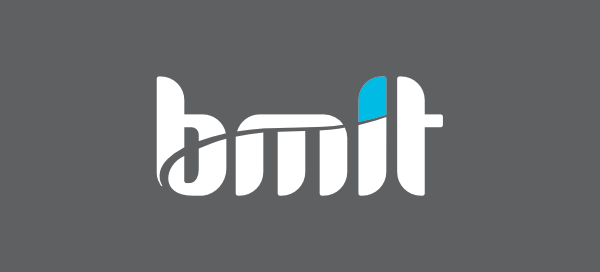Cloud technology is experiencing an ever-increasing rise in popularity among businesses. Many more companies are shifting their IT infrastructure towards an operational expenditure model rather than a capital one. This allows for a more accurate prediction of what aspects of storage services a company will need, and customise accordingly by way of scalable models.
As 2017 has come to a close, some global trends among these businesses adopting cloud technology are starting to surface. Here we’ll be looking at a number of these trends as we anticipate their surge in relevancy in 2018.
With the advent of Software as a Service (SaaS) models paving the way for businesses to get a good feel for cloud technology, other services including both infrastructure and platform (IaaS and PaaS) eventually joined the roster. BMIT was quick to take the lead and implement the latest service technologies including hybrid cloud and multicloud connect.
Hybrid cloud puts together the best of both worlds of private and public cloud technology. This implies that businesses adopting this model will get to enjoy the scalability and cost effectiveness of the public cloud while sidestepping security vulnerability issues thanks to private cloud technology.
Multicloud technology connects businesses with a slew of global leading public clouds, and BMIT stand in as a mediating point through a private connection and a resilient international network. This technology allows businesses to make use of cloud service providers such as AWS, Azure and Google Cloud while reducing latency and improving security.
Back in 2016, Cisco carried out a survey forecasting that cloud services would receive a boost in 2018 in terms of worldwide distribution. SaaS looks set to increase by 60 per cent, while PaaS is estimated to increase by five per cent with IaaS also predicted to notably increase as well.
Considering all models’ remarkable performance in 2017, Cisco’s estimation for the next year looks to be on track.
One feature that will surely increase in parallel with the number of businesses implementing cloud technology, is space for data storage. In order to meet the demand, more online data centres will handle this with equipment that can shoulder larger storage capacity. Referring back to the Cisco survey, the total global storage capacity that currently clocks in at 600 million terabytes will be almost doubled in 2018 as it will reach 1.1 billion terabytes. With this demand spike in mind, we at BMIT are consistently upgrading our cloud service’s storage capabilities.
Forward-thinking businesses adopting cloud technology will be able to take advantage of data centres’ incentive to boost storage. If we look at businesses working with large quantities of data, besides utilising increased storage room, it will become easier for them to perform analytics and gather insight into customer tendencies, popular systems, and optimal financial investment models.
The Internet of Things (IoT) has continued to capture the attention of experts in the field, alongside developments in artificial intelligence. With cloud technology further strengthening its position and technology for real-time data analytics progressing, the Internet of Everything (IoE) becomes more effective. IoE garners its data through machine-to-machine interfaces, data processing, and through interactions between humans and the environment. As IoE’s analytical processes become more complex, cloud storage will allow for this to be carried out more efficiently. In turn, this will translate to an improved interaction between humans and networked devices as well as between humans themselves.
The growth in data and storage technology as well as the increasing complexity by which data is processed begs for improved internet connectivity in terms of speed and resilience.
Both individual customers and businesses have raised the bar for their expectations in this matter. Businesses will act quickly to upgrade their SaaS, PaaS, as well as website platforms to be more responsive. Service providers for IoT and IoE will also ensure that clients receive and send data even faster.
The truth is that growth in these technologies is a double-edged sword. 2017 goes down in the books as the one with most cybersecurity attacks, and one of the main targets remains cloud infrastructure. It is a no-brainer to expect an increase in such malicious activity next year.
Cyber-attacks have become much more sophisticated, requiring entities in the public and private sector to act with stronger awareness and better technology, all in a timely fashion to detect and buffer these attacks. Tools such as security information and event management (SIEM) and improved malware detection systems are bound to become the standard within many businesses.
With such trends in sight, it’s becoming clearer that cloud technology has established itself as an integral part in data management and IT infrastructure, both by businesses of different sizes as well as individual users. Knowledge of these upcoming trends may prove to be the key to success. Informed implementation, then, will allow us to stay at the forefront of these technologies, and therefore business, as they both evolve hand in hand.

